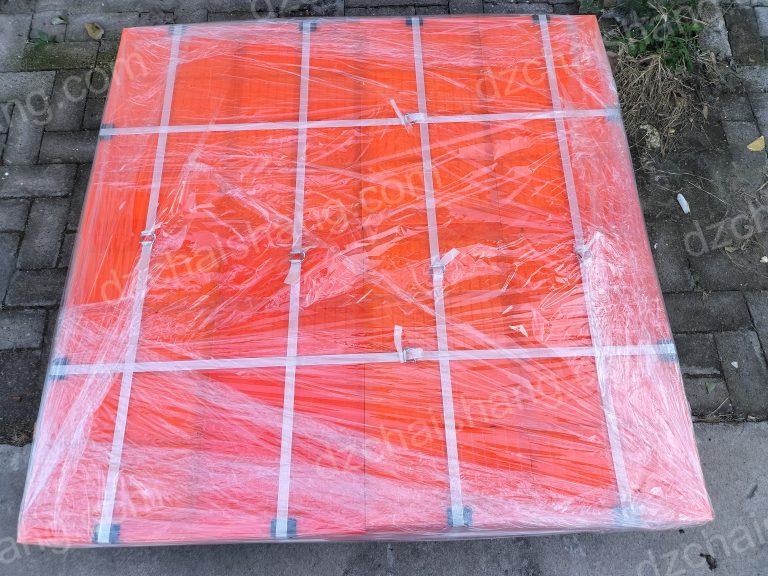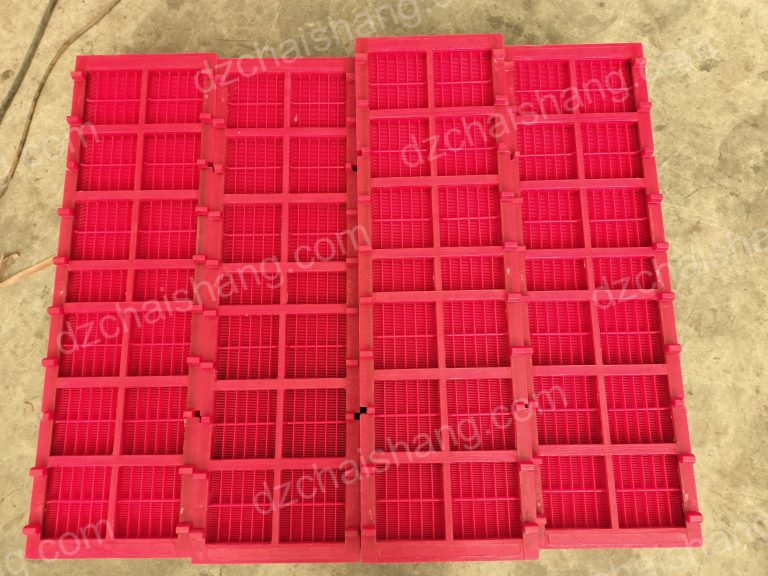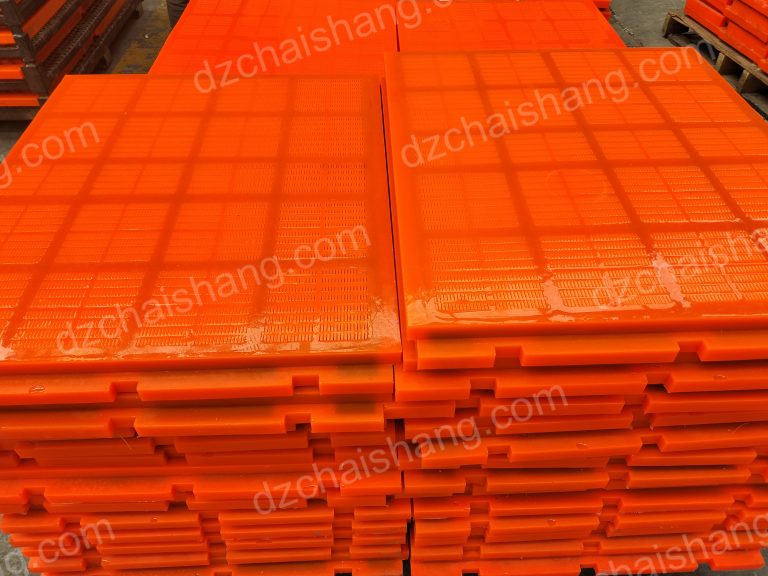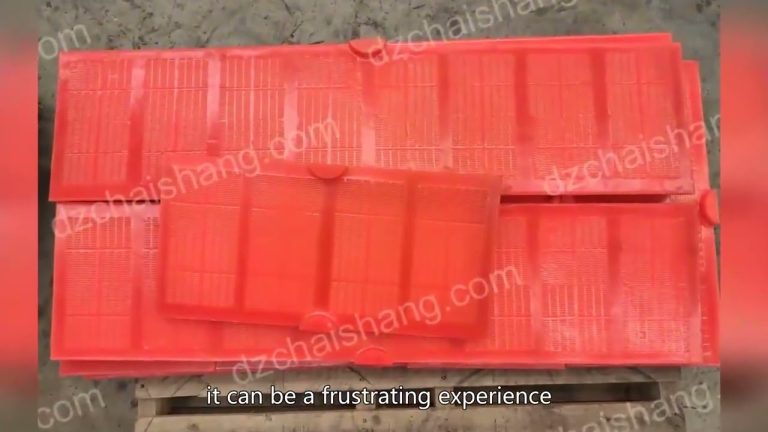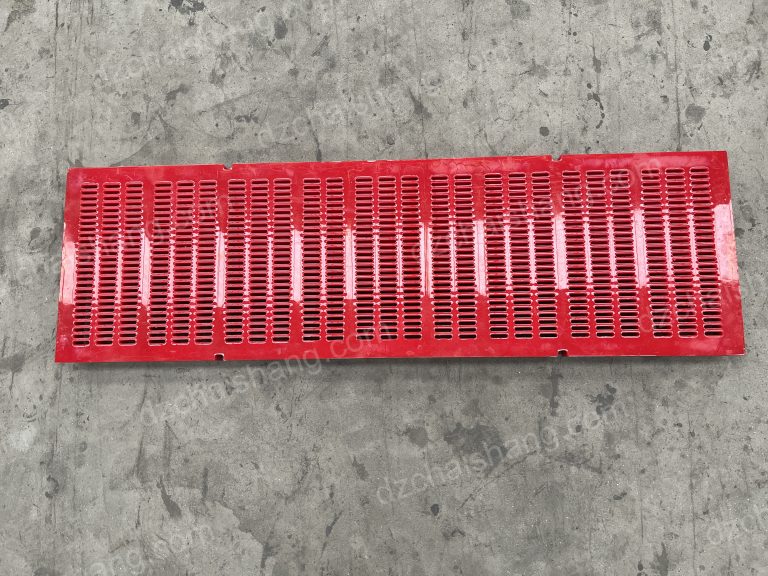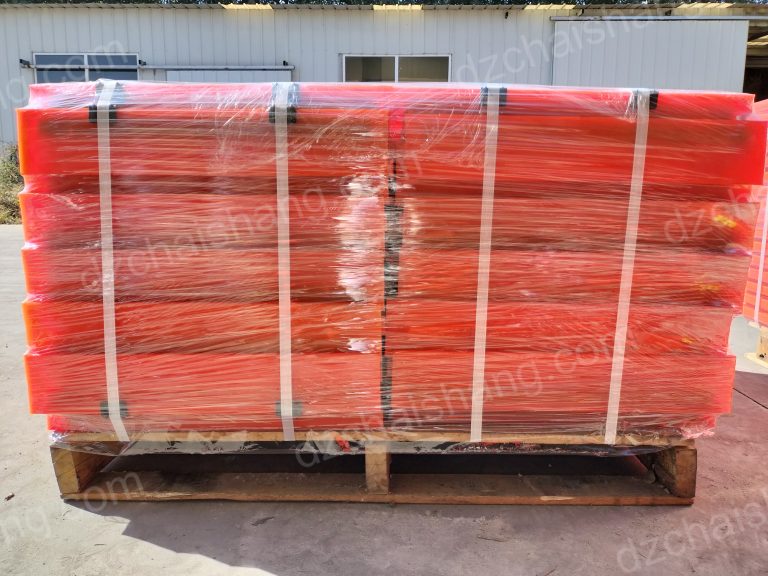بررسی کارایی غربال های سیم پلی اورتان در جداسازی مواد
در نتیجه، غربال های سیم پلی اورتان، غربال های مشبک آبگیری، و الک های مش شیکر ابزارهای بسیار کارآمدی در جداسازی مواد هستند. دوام، دقت و تطبیق پذیری آنها، آنها را در صنایع مختلف ضروری می کند. با درک عملکرد و مزایای آنها، صنایع می توانند تصمیمات آگاهانه ای در مورد مناسب ترین نوع غربال برای نیازهای خاص خود بگیرند و در نتیجه فرآیندهای خود را بهبود بخشند و کیفیت محصولات نهایی خود را بهبود بخشند.
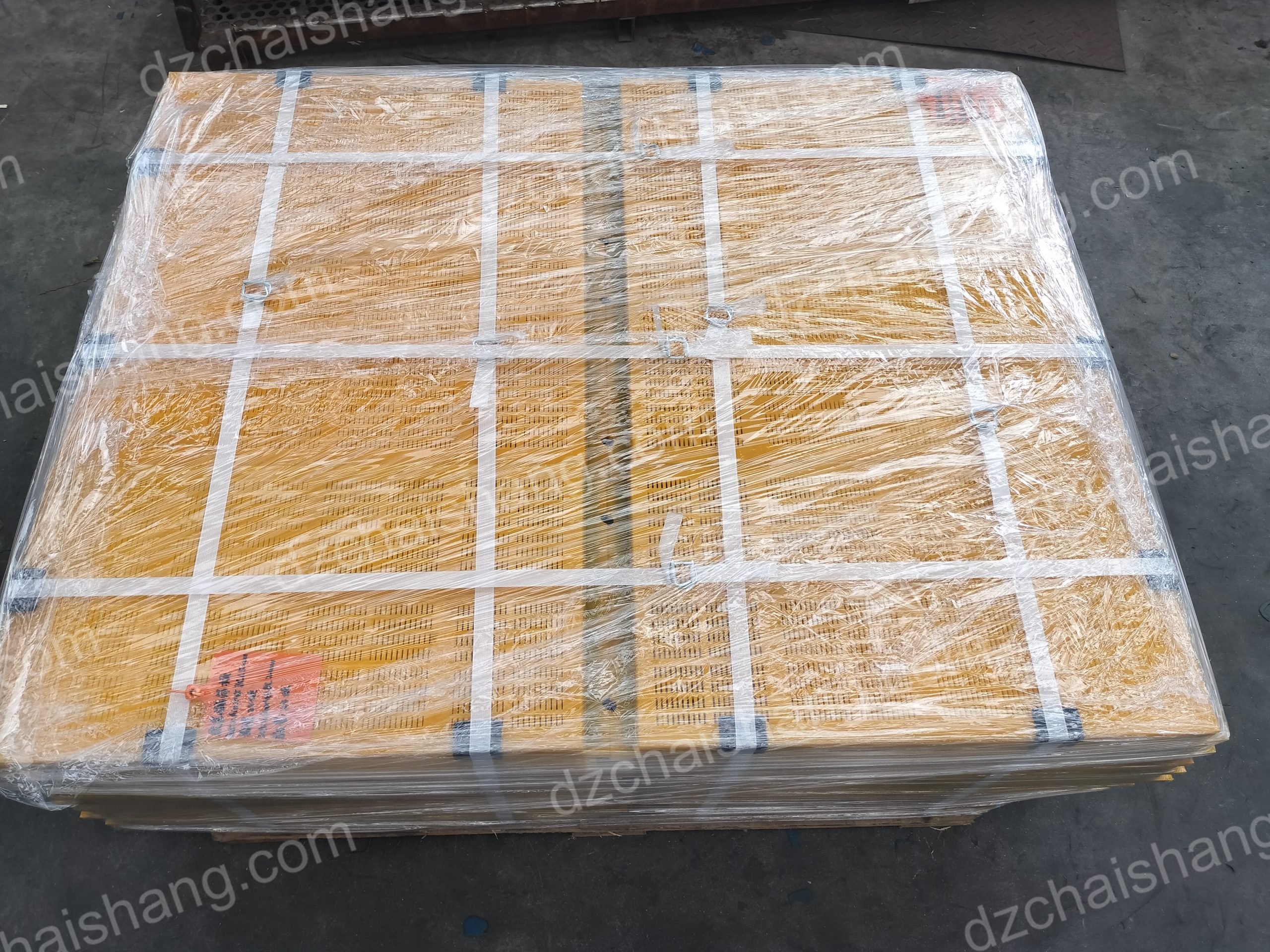
درک نقش آبگیری غربال های مشبک در مدیریت ضایعات در درک فرآیندهای پیچیده درگیر در حفظ پایداری زیست محیطی بسیار مهم است. این غربالها که اغلب از سیم پلیاورتان ساخته میشوند، نقشی اساسی در جداسازی زبالههای جامد از مایعات دارند، فرآیندی که برای مدیریت زباله و سیستمهای تصفیه آب ضروری است. پلی اورتان یک ماده همه کاره است که خاصیت ارتجاعی لاستیک را با چقرمگی فلز ترکیب می کند. این موضوع آن را به یک ماده ایده آل برای الک تبدیل می کند زیرا می تواند در برابر سختی های فرآیندهای مدیریت زباله مقاومت کند. طراحی صفحه سیمی امکان جداسازی موثر مواد را فراهم می کند، با اندازه مش تعیین کننده اندازه ذرات قابل عبور است. این امر به ویژه در مدیریت پسماند که هدف آن جداسازی زباله جامد از فاضلاب است، اهمیت دارد. هنگامی که مواد زائد تکان میخورند یا ارتعاش مییابند، بخش مایع از غربال توری عبور میکند و زبالههای جامد را در بالا باقی میگذارد. این فرآیند که به آبگیری معروف است، یک گام مهم در مدیریت زباله است. حجم ضایعات را کاهش می دهد و حمل، حمل و دفع آن را آسان تر و مقرون به صرفه تر می کند. علاوه بر این، مایع جدا شده را میتوان بیشتر تصفیه کرد و مجدداً مورد استفاده قرار داد، که به تلاشهای صرفهجویی در آب کمک میکند. بر اساس همان اصل جداسازی جامدات از مایعات عمل می کند اما این کار را در مقیاس بزرگتر انجام می دهد. غربال مش شیکر اغلب در محیط های صنعتی که مقادیر زیادی زباله تولید می شود استفاده می شود. طراحی مستحکم و مساحت سطح بزرگتر آن را قادر می سازد تا حجم بالایی از زباله را به طور کارآمد پردازش کند. استفاده از این غربال ها تنها به مدیریت زباله محدود نمی شود. آنها همچنین در صنایع مختلف مانند معدن، کشاورزی و فرآوری مواد غذایی استفاده می شوند. در معدن برای جداسازی کانی های با ارزش از سنگ های ناخواسته استفاده می شود. در کشاورزی به جداسازی غلات از کاه کمک می کنند. در فرآوری مواد غذایی، از آنها برای جداسازی جامدات از مایعات استفاده می شود، مانند تولید آبمیوه و سس. آنها جداسازی کارآمد ضایعات جامد از مایعات را تسهیل می کنند و مدیریت، حمل و نقل و دفع زباله را قابل مدیریت تر و مقرون به صرفه تر می کنند. غربال توری شیکر با ظرفیت بیشتر خود، به ویژه در محیط های صنعتی که در آن حجم زیادی زباله تولید می شود، مفید است. فراتر از مدیریت ضایعات، این الک ها در صنایع مختلف کاربرد دارند و بر تطبیق پذیری و اهمیت آن ها تاکید می کنند. همانطور که ما همچنان با چالش های زیست محیطی دست و پنجه نرم می کنیم، ابزارهایی مانند این غربال ها در جستجوی ما برای راه حل های مدیریت زباله پایدار باقی خواهند ماند.
Understanding the Role of dewatering mesh Sieves in Waste Management
Understanding the role of dewatering mesh sieves in waste management is crucial in appreciating the intricate processes involved in maintaining environmental sustainability. These sieves, often made from polyurethane wire, play a pivotal role in separating solid waste from liquids, a process that is integral to waste management and water treatment systems.
polyurethane wire screen sieves are renowned for their durability and efficiency. Polyurethane is a versatile material that combines the elasticity of rubber with the toughness of metal. This makes it an ideal material for sieves as it can withstand the rigors of waste management processes. The wire screen design allows for effective separation of materials, with the mesh size determining the size of particles that can pass through. This is particularly important in waste management where the goal is to separate solid waste from wastewater.
The process begins with the introduction of waste material onto the sieve. As the waste material is shaken or vibrated, the liquid portion passes through the mesh sieve, leaving the solid waste on top. This process, known as dewatering, is a critical step in waste management. It reduces the volume of waste, making it easier and more cost-effective to handle, transport, and dispose of. Moreover, the separated liquid can be further treated and reused, contributing to water conservation efforts.
The shaker mesh sieve, another variant of the dewatering sieve, is designed to handle larger volumes of waste. It operates on the same principle of separating solids from liquids but does so on a larger scale. The shaker mesh sieve is often used in industrial settings where large amounts of waste are produced. Its robust design and larger surface area make it capable of processing high volumes of waste efficiently.
The use of these sieves is not limited to waste management alone. They are also used in various industries such as mining, agriculture, and food processing. In mining, they are used to separate valuable minerals from unwanted rock. In agriculture, they help in the separation of grains from chaff. In food processing, they are used to separate solids from liquids, such as in the production of juices and sauces.
In conclusion, dewatering mesh sieves, particularly those made from polyurethane wire, play a significant role in waste management. They facilitate the efficient separation of solid waste from liquids, making waste handling, transportation, and disposal more manageable and cost-effective. The shaker mesh sieve, with its larger capacity, is particularly useful in industrial settings where large volumes of waste are generated. Beyond waste management, these sieves find application in various industries, underscoring their versatility and importance. As we continue to grapple with environmental challenges, tools like these sieves will remain instrumental in our quest for sustainable waste management solutions.

